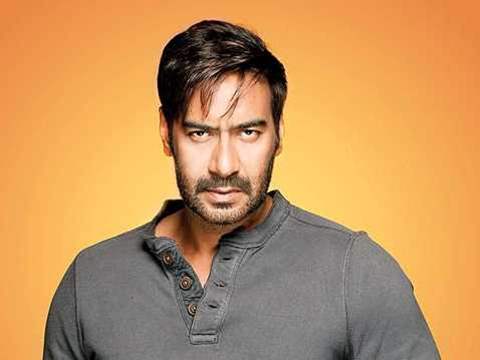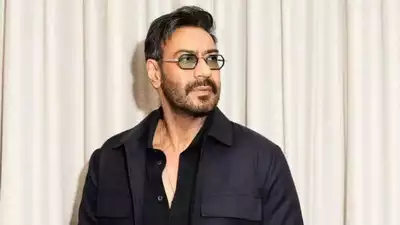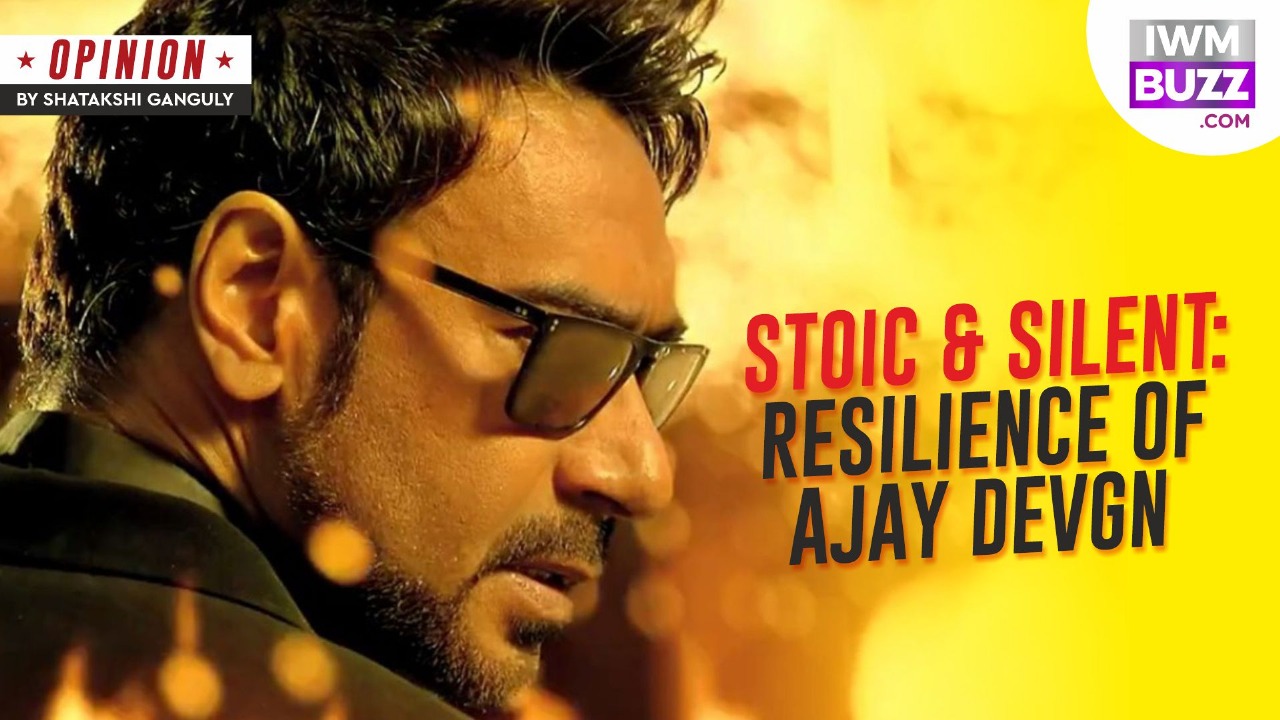We know showbiz. Where flamboyance always gets the supreme nod, overshadowing the substance. But in the rampant edgy chaos that we see, there is always someone who chooses to seek silence. Ajay Devgn emerges with this rare embodiment of stoicism. His glances speak, often mirroring a monologue themselves. Ajay Devgn has demanded attention by his presence, cutting short the noise.
If we recall him from the 90s, we can see how he evolved in layers—a true ‘build-up’, if you say. From a rugged hero in the 90s to a contemporary craftsman—he reverberates with modern-day stoicism. He has the virtues right. In an industry that thumps with vanity, his presence remains unfaltering. He steadily anchors the parameter with his own terms.
Speaking of ‘own terms,’ we know how the film industry adores caricature and theatrics. Ajay Devgn, however, has astounded his audience with his unshakable refusal to surrender to the mainstream dynamics. To be precise, he doesn’t chase the spotlight; he attracts it.

And nowhere is this restraint more amusingly visible than his long-standing resistance to elaborate dance sequences. Over the years, his near-static presence in songs has created quite the hullabaloo, becoming almost a signature. Think back to the riotous anecdote from Total Dhamaal promotions, where Riteish Deshmukh recounted a moment on set. As the cast was rehearsing for Paisa Paisa—a track demanding high energy besides the dazzling Madhuri Dixit—Ajay flatly refused to perform the choreographed steps. “Main do haath se nahi karunga,” he told the choreographer, who, baffled but patient, agreed. Moments later, Ajay even resisted moving his leg. In a scene where Madhuri glided, and Anil Kapoor added his characteristic zing, Ajay stayed true to his rhythm—subtle, minimal, yet impactful.
Even his celebrated Singham entry, marked by a grounded gait and a slight shoulder roll, became iconic not because of ostentation but because of presence. It’s something we get to see in Raid 2, too. Ajay Devgn blooms with his dormant stoicism as he slips into his second skin, Amay Patnaik.

The Golmaal actor stands ahead of the ‘celebrity’ culture, to be precise. A culture thrives on controversy, viral antics, and carefully orchestrated PR spectacles, Ajay Devgn chooses the quieter lane—and walks it with unwavering dignity. There are no desperate interviews for visibility, no gimmicky social media stunts, and certainly no need to stir controversy to stay relevant. His silence often says more than a thousand tweets ever could. While others scramble to keep in the headlines, Devgn lets his work speak—whether it’s the intensity of Drishyam, the heroic grit of Tanhaji, or the quiet vulnerability he’s begun to explore in more recent roles. He doesn’t believe in selling noise; instead, he offers weight, maturity, and trust—elements the audience slowly leans into and respects. His brand of fame isn’t built on frenzy but on a foundation of consistency, credibility, and character.
No desperate reinventions, no public outbursts—just a career quietly built on discipline, discretion, and the faith that substance will eventually outlast spectacle. It’s this old-school dignity that gives him his quiet power, setting him apart in a business addicted to noise.
But is it all stoic and no play? Well, no! He boasts a creative mind that constantly pushes the boundaries. He keeps on experimenting with his roles and the scripts that he chooses. He tries to make the conventional – unconventional and sometimes vice versa. He embraces evolution without demanding a panning camera onto it. He doesn’t do it to get applause but to grow as an artist. And perhaps that’s the most resilient thing about him. Ajay Devgn continues to evolve on his own terms, silently shaping his legacy with one understated performance at a time.

